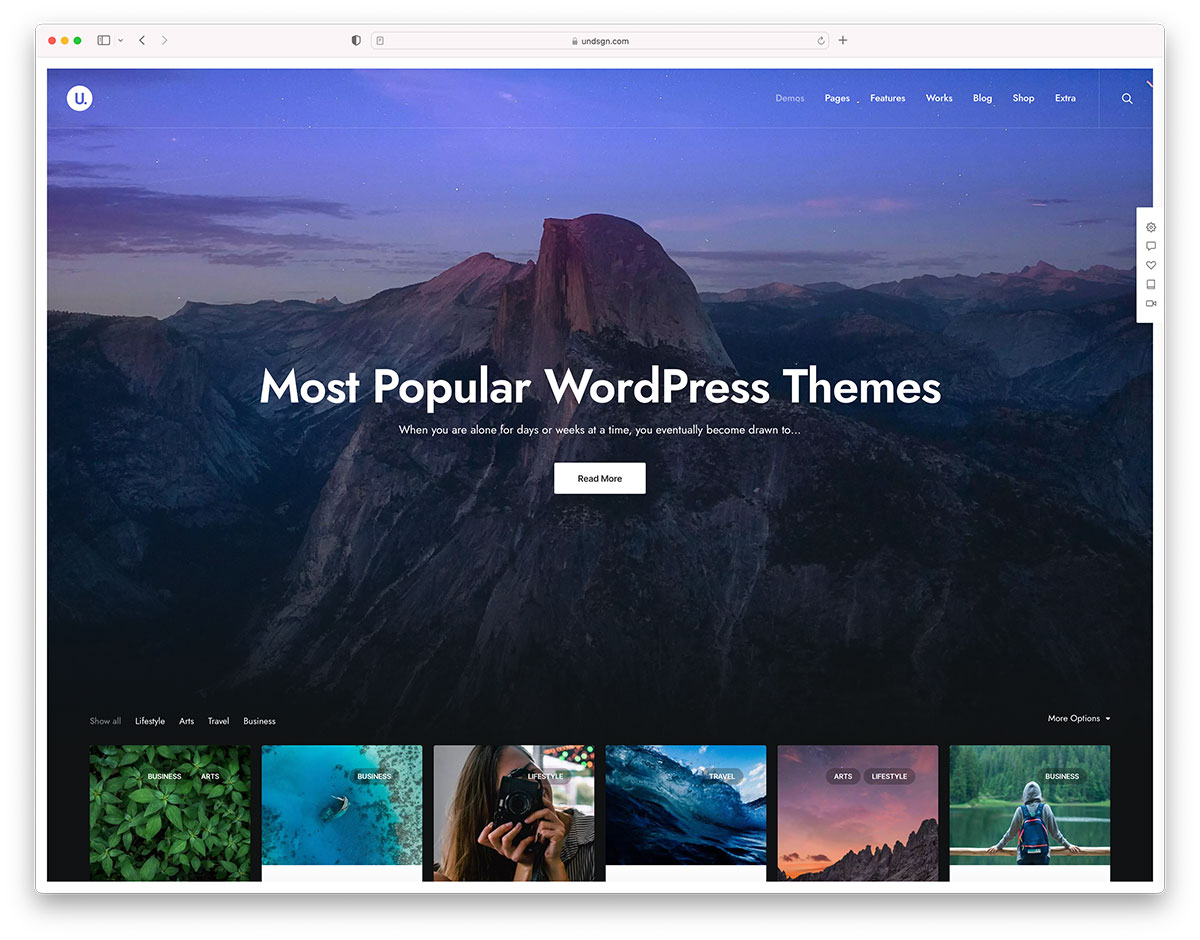Like any other language, Java has the enum feature that allows us to enumerate items. It is helpful to list delimited items in your code, such as the seasons. Regarding the readability of code, it is better and cleaner than using constant codes such as int. It avoids mistakes, such as an invalid number or a value the system does not support. Once we're talking about any number type such as int, float, double, or long, enum can support any value. On the other hand, with an enum, the API only has valid values.
The question is: Can we do more with enum? Where else can we use an enum? In this article, discover tips that are excellent and effective in Java.
 Designing WordPress posts and pages can take substantial time and investment. Therefore, you might be looking for a way to speed up the process. WordPress block patterns can be handy tools, but you might not know how to make use of them.
Designing WordPress posts and pages can take substantial time and investment. Therefore, you might be looking for a way to speed up the process. WordPress block patterns can be handy tools, but you might not know how to make use of them.  Designing WordPress posts and pages can take substantial time and investment. Therefore, you might be looking for a way to speed up the process. WordPress block patterns can be handy tools, but you might not know how to make use of them.
Designing WordPress posts and pages can take substantial time and investment. Therefore, you might be looking for a way to speed up the process. WordPress block patterns can be handy tools, but you might not know how to make use of them. 


 Even if you are confident in the security of your WordPress site, you should still take precautions. A security breach can wreak irreparable damage to your online business. Hackers frequently use bots to saturate your website with spam, which can get out of hand quickly. Fortunately, spammers and bots may be kept out of your […]
Even if you are confident in the security of your WordPress site, you should still take precautions. A security breach can wreak irreparable damage to your online business. Hackers frequently use bots to saturate your website with spam, which can get out of hand quickly. Fortunately, spammers and bots may be kept out of your […]

































